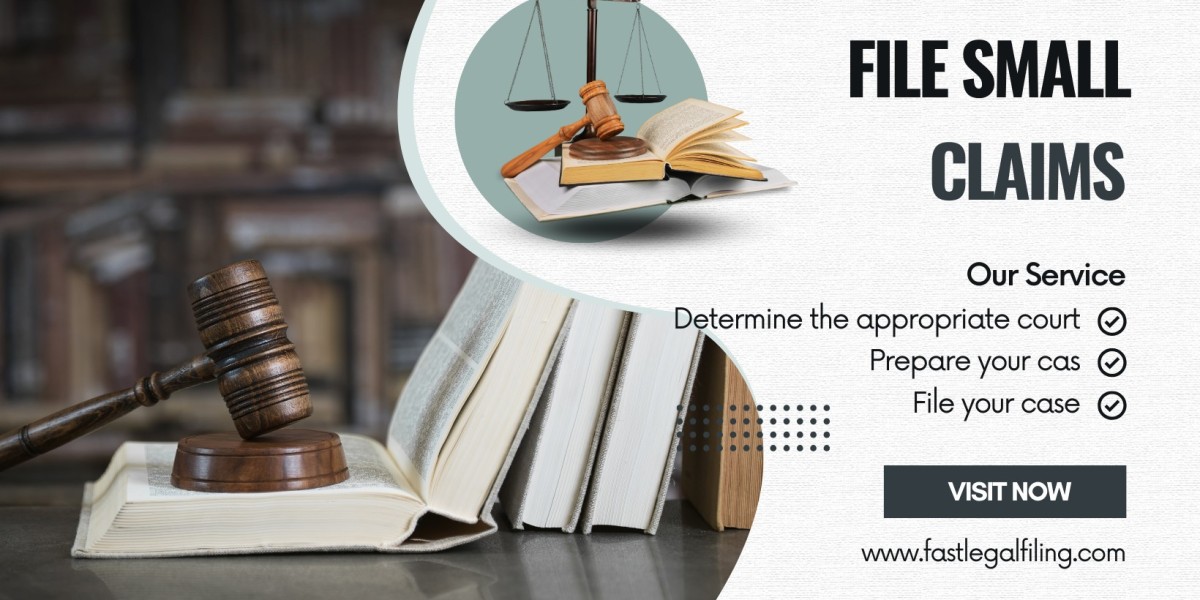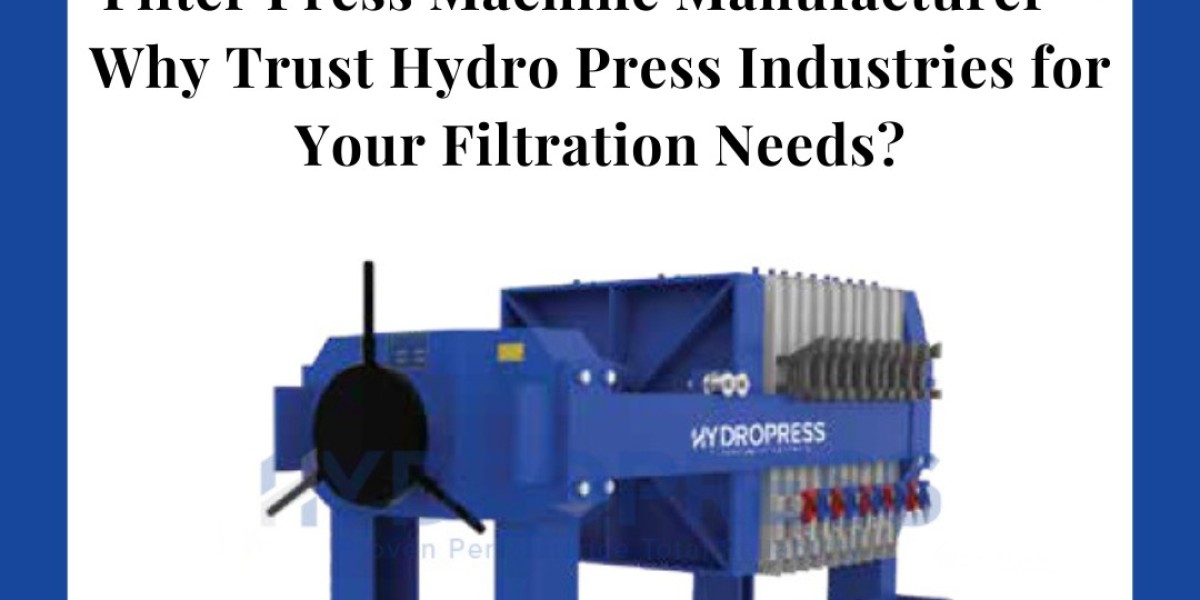If you’ve ever dabbled in plumbing, DIY, or industrial piping, chances are you’ve come across the term ABS fittings. But what are Metric ABS Fittings, and why should you care? Whether you're a pro or just curious, we're diving into the details to explain how these tough little connectors make a big difference in a variety of applications.
By the end of this guide, you’ll know exactly what they are, where they’re used, and why they might be the right choice for your next project. Let’s get started!
? Curious to explore more? Check out this ABS Fittings Metric collection for all your piping needs.
What Are Metric ABS Fittings?
Metric ABS (Acrylonitrile Butadiene Styrene) fittings are plastic pipe connectors designed to work with metric-sized ABS piping systems. These fittings are lightweight, durable, and resistant to impact and chemicals. They're mostly used in applications where corrosion resistance, easy installation, and long-term reliability are important.
Unlike inch-based fittings, metric fittings use measurements in millimeters, which is common across Europe and many industrial sectors worldwide.
Why Choose ABS Material for Fittings?
ABS is a type of thermoplastic polymer that's known for its:
High impact resistance
Toughness at low temperatures
Smooth finish for easy fluid flow
Resistance to chemicals and corrosion
That’s why it’s a go-to material for a lot of plumbing and industrial piping systems.
Metric vs Imperial ABS Fittings
Here’s where a lot of people get tripped up: Metric vs. Imperial sizing.
| Feature | Metric ABS Fittings | Imperial (Inch) ABS Fittings |
|---|---|---|
| Unit of Measure | Millimeters (mm) | Inches (in) |
| Usage Region | UK, Europe, Australia | USA, Canada, some UK usage |
| Compatibility | Not interchangeable | Not interchangeable |
| Application Type | Industrial, Commercial | Residential, Commercial |
Always double-check measurements before ordering or installing, because these systems aren’t compatible with one another.
Where Are Metric ABS Fittings Used?
These fittings are super versatile. You’ll find them in:
Plumbing systems (commercial and residential)
Chemical processing plants
Food-grade systems
HVAC and ventilation ductwork
Marine applications
Water treatment systems
They’re especially common where metal fittings would be too expensive or prone to corrosion.
Key Benefits of Using Metric ABS Fittings
So, what’s the big deal with these fittings? Here’s why pros and DIYers love them:
1. Easy to Install
ABS fittings are solvent-welded, meaning you don’t need heavy-duty tools or clamps. Just a bit of primer and cement, and you’re good to go.
2. Lightweight Yet Durable
They’re way lighter than metal, making transportation and handling easier, especially in tight spaces.
3. Cost-Effective
ABS is a budget-friendly alternative to copper or steel, without compromising performance.
4. Great for Cold Environments
Unlike PVC, ABS doesn’t get brittle in cold temperatures. That makes it a winner for outdoor and industrial use.
5. Chemical Resistance
Perfect for chemical drainage and labs—ABS holds up well against acids, alkalis, and other aggressive substances.
Popular Types of Metric ABS Fittings
Want to know what kind of fittings you’ll come across? Here are the main ones:
Elbows – for changing direction (usually 90° or 45°)
Tees – to split flow into two directions
Couplers – connect two pipes in a straight line
Reducers – change from one size to another
End caps – close off a pipe
Each type serves a specific function and comes in various metric sizes like 32mm, 50mm, 110mm, etc.
Sizing Guide for Metric ABS Fittings
Let’s talk sizes. Most metric ABS fittings range between 16mm to 160mm, though some specialty items go even larger. Here's a basic reference:
Common Metric Sizes (mm):
16mm, 20mm, 25mm, 32mm, 40mm, 50mm, 63mm, 75mm, 90mm, 110mm, 160mm
Make sure to measure outer diameter (OD) for fittings compatibility.
How to Install Metric ABS Fittings
Installing these is a breeze:
Cut the pipe cleanly using a plastic pipe cutter.
Deburr the edges to avoid leaks.
Apply solvent cement around both the fitting and the pipe end.
Push and twist the parts together for a secure bond.
Hold in place for a few seconds—done!
No threads, no clamps, no mess. Just make sure everything is aligned before the solvent sets.
Common Mistakes to Avoid
Even pros make these mistakes:
Mixing metric and imperial parts
Skipping the solvent cement
Not allowing proper drying time
Forgetting to de-burr pipe ends
Avoiding these can save you time, money, and future headaches.
Where to Buy Quality Metric ABS Fittings
It’s important to choose trusted suppliers to ensure you’re getting high-quality fittings that meet safety standards. Look for products that:
Are WRAS-approved for drinking water
Come with sizing certification
Include manufacturer warranty
We highly recommend browsing the collection at PPFV.uk for reliable, top-rated Metric ABS fittings.
Final Thoughts: Are Metric ABS Fittings Right for You?
If you're looking for a strong, affordable, and easy-to-install solution for your pipework—Metric ABS fittings could be the perfect match. Whether you’re managing chemical waste, building a plumbing system, or just doing some creative DIY, these fittings offer unbeatable convenience and value.
Just remember: measure carefully, choose the right size, and install with care.








